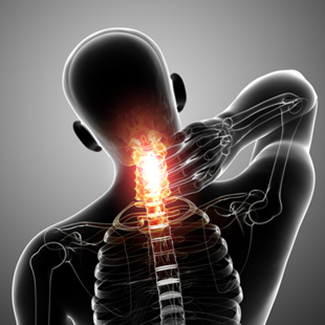
What is Whiplash?
Whiplash is a term used to describe a painful neck injury that's often associated with car accidents, but it can occur from contact sports, falls, or other trauma. Whiplash is also referred to Cervical Acceleration/Deceleration, or CAD, Syndrome. Whiplash may result in conditions like herniated disc, cervical sprains, and others.
What causes Whiplash?
When a sudden force or trauma causes the neck to jerk out of its normal range of motion, whiplash occurs. This tends to happen in intense situations, such as car accidents that cause the head to jerk back and forth. However, this can also occur in rough sports or any trauma that roughly forces the neck to move out of its normal range. This is called hyperextension, and it may cause damage to the ligaments, muscles, and tendons in the neck. Whiplash can cause the neck's vertebral discs to bulge, tear, or even rupture in severe cases.
Symptoms and Diagnosis
Symptoms vary depending on the severity and type of injury. Common symptoms of whiplash may include dizziness, stiffness and pain in the neck, headache, and shoulder and back pain. Other symptoms may include issues with chewing or swallowing, as well as pins-and-needles or other abnormal sensations. Your physician will perform a review of your medical history and a physical exam. X-rays may be ordered, as well as MRIs or CT scans, depending on the type of injury suspected.
How is Whiplash treated?
Treatment depends on the severity of the injury, but most injuries due to trauma need immediate medical attention to avoid complications in the long run. Often, conservative treatments may help treat pain from whiplash. Your doctor may recommend physical therapy exercises, bracing the neck with a soft cervical collar, medication, and nerve blocks. In rare cases, surgery may be needed.
